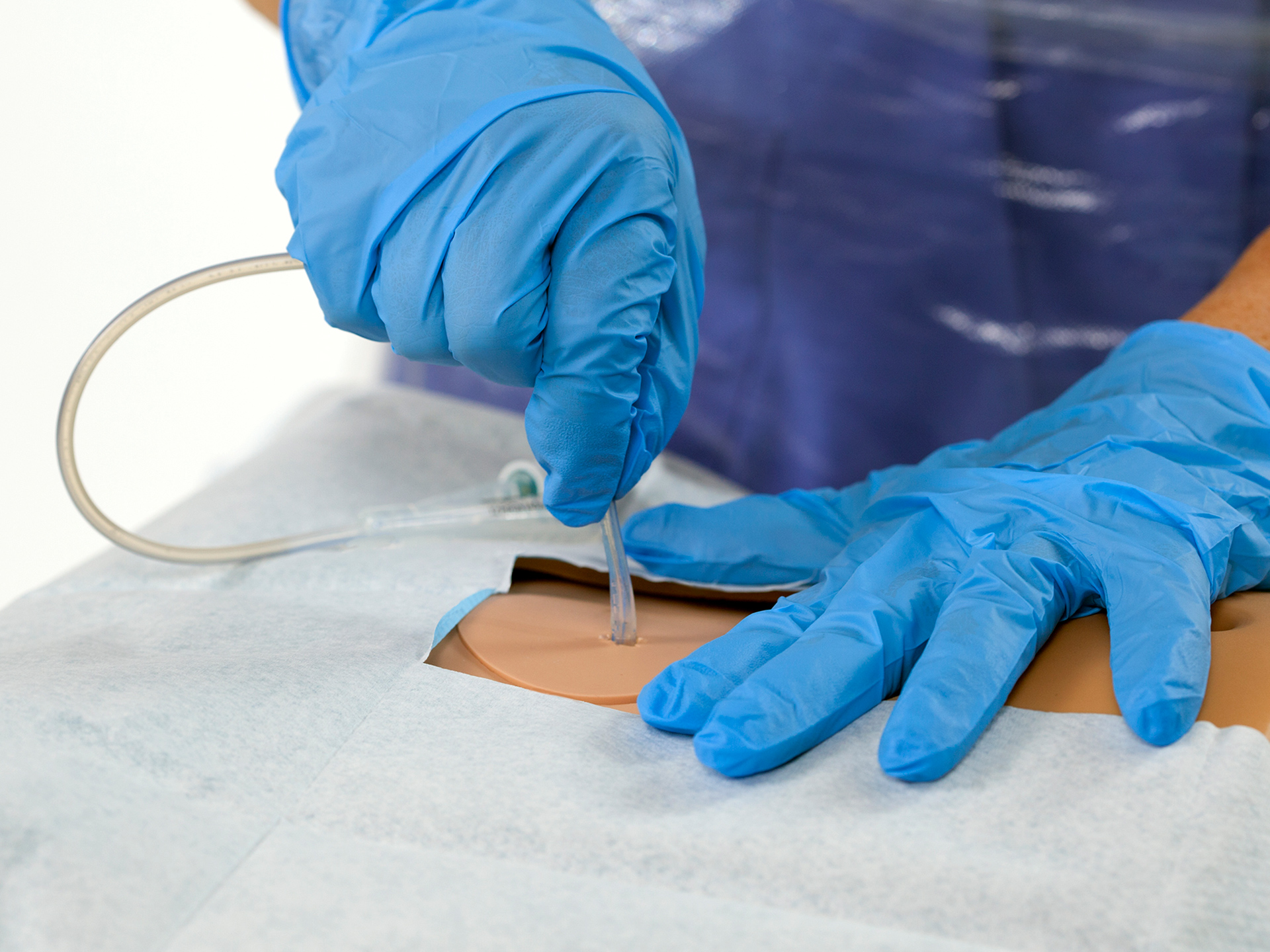

Figure 10.4 Chest tube drainage system secured to IV pole Figure 10.5 Chest tube drainage system Figure 10.6 Chest tube drainage system with labelled partsĪ chest tube drainage system is a sterile, disposable system that consists of a compartment system that has a one-way valve, with one or multiple chambers, to remove air or fluid and prevent return of the air or fluid back into the patient (see Figures 10.5 and 10.6).


The system is airtight to prevent the inflow of atmospheric pressure. The chest tube is connected to a closed chest drainage system, which allows for air or fluid to be drained, and prevents air or fluid from entering the pleural space. A large amount of fluid or air cannot be absorbed by the body and will require a drainage system (Bauman & Handley, 2011 Perry et al., 2014). A small amount of fluid or air may be absorbed by the body without a chest tube. Negative pressure is disrupted when air, or fluid and air, enters the pleural space and separates the visceral pleura from the parietal pleura, preventing the lung from collapsing and compressing at the end of exhalation. A patient may require a chest drainage system any time the negative pressure in the pleural cavity is disrupted, resulting in respiratory distress. The pleural space is the space between the parietal and visceral pleura, and is also known as the pleural cavity. A chest tube, also known as a thoracic catheter, is a sterile tube with a number of drainage holes that is inserted into the pleural space.


 0 kommentar(er)
0 kommentar(er)
